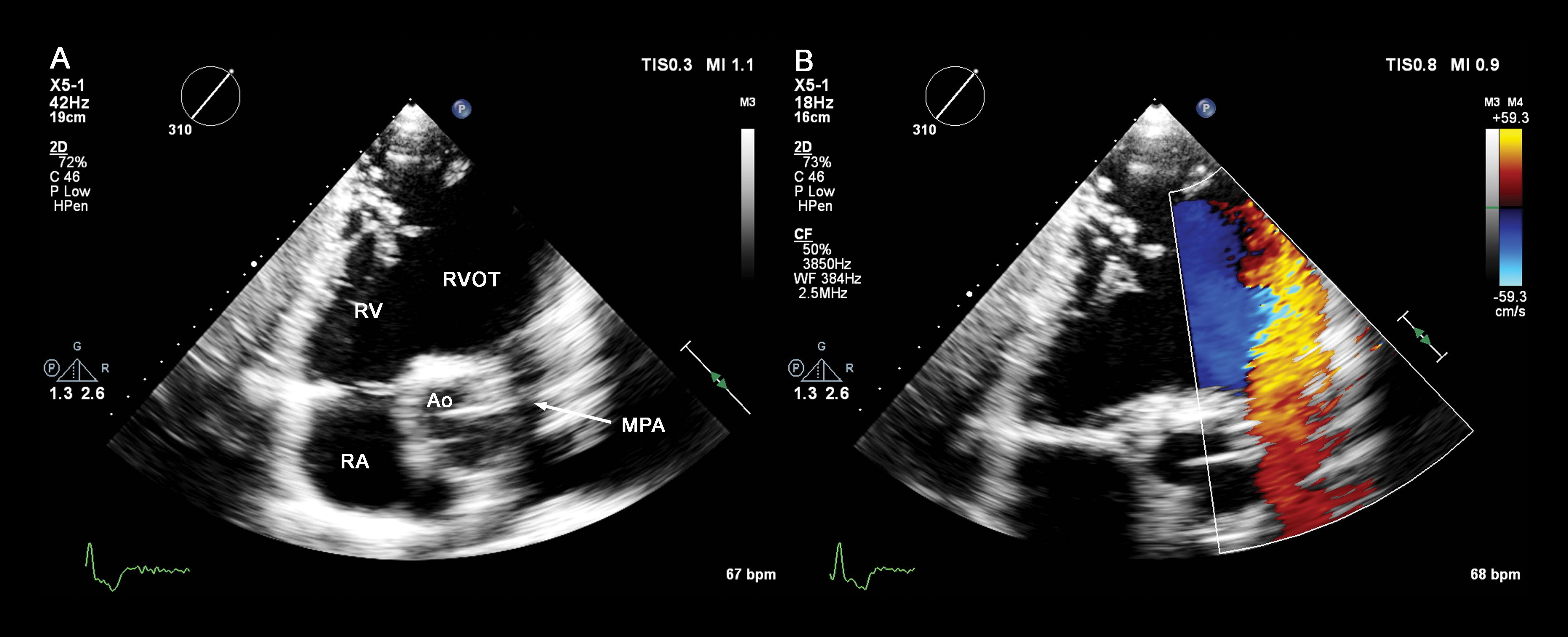
iRotate electronic rotation and xPlane adjustable biplane imaging
- By |
- Featuring
- March 05 2025
- 2 min read
iRotate electronic rotation and xPlane adjustable biplane imaging
Simultaneous multiplane imaging (SMPI) is a quick, simple to use and easy to understand echo modality that can help reduce scanning time in a high-volume echocardiography laboratory and provide unique clinical information on cardiac function and morphology. It also has the potential to ultimately bridge the gap between 2D and 3D thinking, helping to make the integration of 3D echocardiography easier in the clinical echo lab.
At-a-glance:
- iRotate helps make it possible for clinicians to visualize the right ventricle (RV) from a single acoustic window, with the transducer in a fixed position, using defined anatomic landmarks1
- SMPI is clinically valuable in the assessment of valve pathology
- xPlane and iRotate add value for surgical and interventional cardiology

Simultaneous display of two imaging planes during stress echocardiography proves valuable
Although biplane and triplane echocardiography have been available since 1988, literature is currently scarce, suggesting the potential of this technique has not been fully appreciated, or the technology has not been adequate.
In 2003, transthoracic biplane echocardiography was introduced by Sugeng et al., showing the value of a simultaneous display of two imaging planes during stress echocardiography.2 This reduced examination time and had the potential for a single beat assessment of left ventricular (LV) function in patients with atrial fibrillation. The iRotate and xPlane modalities have the potential to overcome the limitations of biplane and triplane imaging and have important clinical value.
Image acquisition
For the purposes of this paper, simultaneous multiplane imaging was performed using the Philips iE33 or EPIQ 7 ultrasound system, equipped with an X5-1 transthoracic echocardiography (TTE) or X7-2t transesophageal echocardiography (TEE) xMATRIX transducer. Rather than manually rotating the transducer to search for a non-obscured echo window, SMPI makes it possible to find the necessary view within the acoustical window without further manipulating the transducer.
The authors explain their imaging techniques, including helpful illustrations.
Clinical value
The paper details applications of SMPI, including automatic rotation during stress echocardiography, assessment of valve pathology, visualization of atrial septal defects and use of iRotate images for surgical and interventional cardiology.
Featuring
Annemien van den Bosch
Department of Cardiology
Erasmus Medical Center, Rotterdam, the Netherlands
Jackie McGhie
Department of Cardiology
Erasmus Medical Center, Rotterdam, the Netherlands
Copy this URLto share this story with your professional network
Sign up for news and updates

Footnotes
- McGhie JS, Menting ME, Vletter WB, Frowijn R, Roos-Hesselink JW, van der Zwaan HB, Soliman OI, Geleijnse ML, van den Bosch AE. Quantitative assessment of the entire right ventricle from one acoustic window: an attractive approach.Eur Heart J cardiovasc. Imaging. 2016 Aug 7.
- Sugeng L, Kirkpatrick J, Lang RM, et al: Biplane stress echocardiography using a prototype matrix-array transducer. J Am Soc Echocardiogr 2003;16:937–941.
Disclaimer
Results are specific to the institution where they were obtained and may not reflect the results achievable at other institutions. Results in other cases may vary.